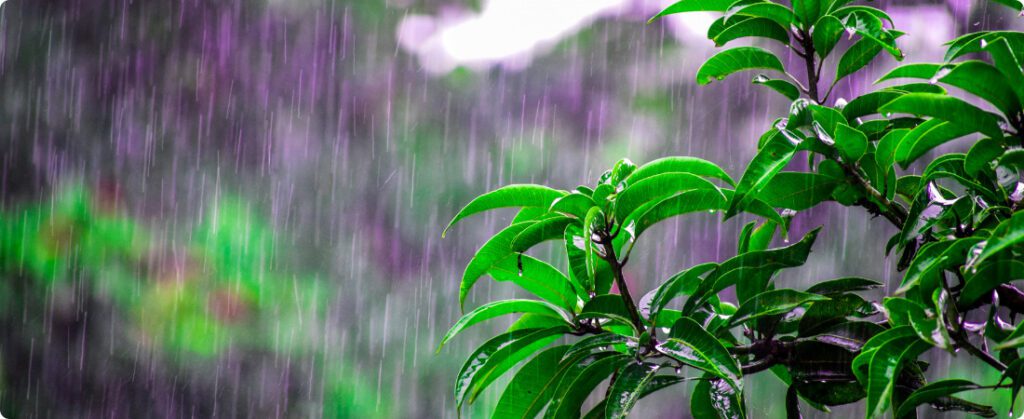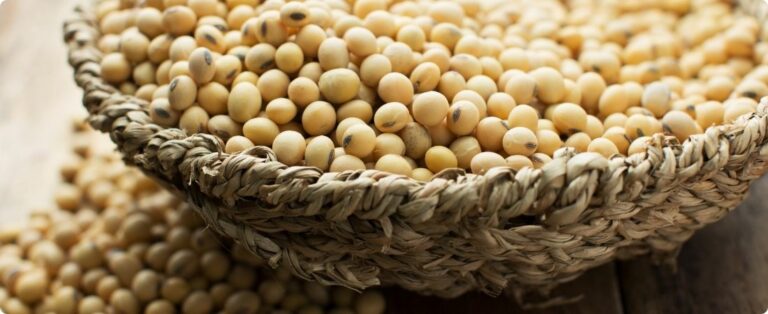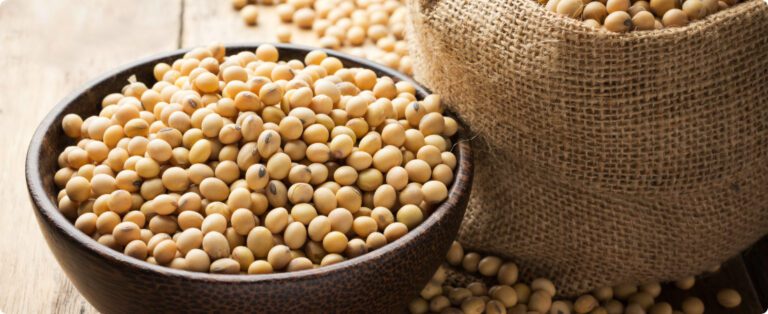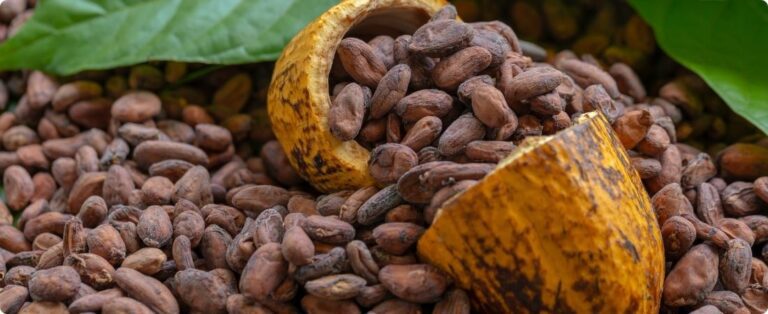
According to the Weekly Weather and Crop Bulletin, released on Tuesday (22) by the USDA, seasonal rains spread across the Central region of Brazil. These rains encouraged the advancement of soybean planting. In some areas, producers received enough precipitation for seed germination, facilitating planting progress. Accumulated rainfall varied between 10 and 75 mm in vast areas of the Center-West and interior of the Northeast. This precipitation helped alleviate the drought that had been caused by the late arrival of summer rains.
Despite the rising humidity, the hot weather — with daytime highs reaching 40°C in some regions — kept evaporation losses high on dry days. This required the continuation of more intense seasonal rains. In Mato Grosso, the government reported that soybean planting reached 25% as of October 18, an increase of 16 percentage points compared to the previous week. However, the number is still below the average of the last five years, which is 44%, according to the USDA bulletin.
Light rain and heat impact summer harvest in southern Brazil
Further south, rainfall was scattered and light, with volumes ranging from 1 to 15 mm in Mato Grosso do Sul, southern Minas Gerais and even Rio Grande do Sul. In Mato Grosso do Sul, temperatures ranged between 30°C and 40°C during the day, while in the agricultural areas further south of Rio Grande do Sul, thermometers recorded highs of 20°C. These weather conditions favored the drying and harvesting of wheat, although continued rainfall is necessary for planting the summer crop.
In Paraná, the state government reported that, as of October 14, farmers had already harvested 79% of wheat planted area. In addition, producers had planted 90% of corn and 41% of first-crop soybeans. In Rio Grande do Sul, as of October 17, farmers had planted 65% of corn area and harvested 3% of wheat area. Most of the wheat crops were still in the grain filling and ripening phase.
Source: Seane Lennon | agrolink















